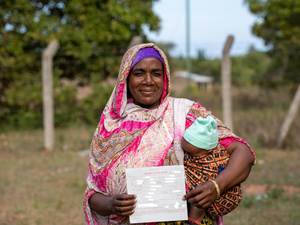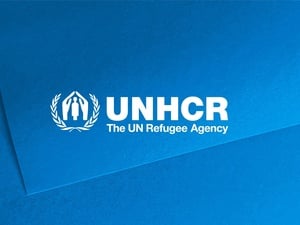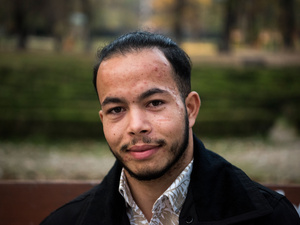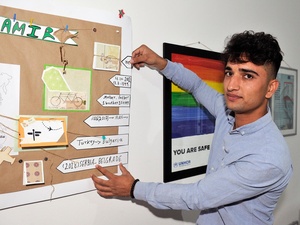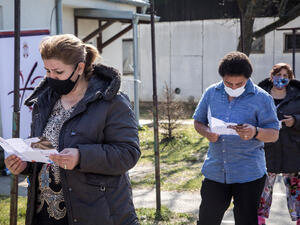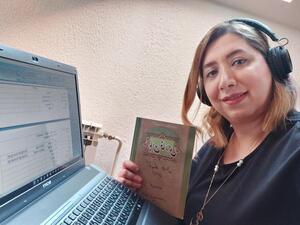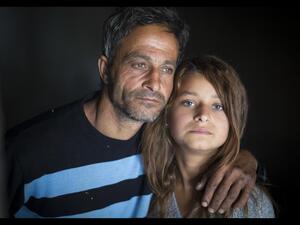Kosovo Crisis Update
Kosovo Crisis Update
Albania
Around 400 Kosovars entered the Morini crossing on Thursday, amid sniper fire and artillery blasts on the Kosovo side.
Among Thursday's arrivals were 165 prisoners from Smerkovnica, where hundreds had been freed over the past week ostensibly to make room for new detainees.
Security concerns heightened on Friday as the Albanian military scheduled a training exercise along the border. There were fears that the exercise could provoke Serbians on the other side. On Wednesday, several villagers were killed and others wounded by artillery rounds that fell in Krume from the Kosovo frontier. A journalist was also hit by sniper fire at Morini.
The relocation for security reasons of refugees from the Kukes region continued on Thursday. A total of 2,017 refugees left for the interior, including 400 on NATO trucks and 130 in a caravan of tractor-wagons and vehicles escorted by NATO troops.
The NATO trucks went to Hammalaj 3 camp in Durres, while the civilian convoy proceeded to a tractor camp at Lezhe, where the refugees could stay alongside their tractors and vehicles.
Meanwhile, in Tirana, UNICEF says it has identified 7,000 Kosovar teachers who could conduct summer courses for children. The Ministry of Education estimates children 18 years and below comprise 60 percent of the refugee population in Albania.
UNHCR, along with UNICEF, is coordinating an education programme for refugees in Albania involving the government and NGOs. This includes the printing of textbooks and identifying sites.
FYR of Macedonia
More than 1,000 refugees crossed into the FYR of Macedonia on Thursday, but only 26 entered through the main immigration control point at Blace, where trains and buses had been transporting thousands over the past week.
Most of the arrivals came through Tabanovce and Jazince. The newly arrived refugees report horrific stories about recent events in two villages in Kacanik along the Macedonian frontier.
One refugee - an elderly religious leader - says he had buried three young men killed on 26 May by Serbian paramilitary troops at Nika, a village of about 800 which is now empty. He said that the young men had their eyes pulled out and their ears cut off. He says he also had to bury a father and son at nearby Dubrava.
A refugee woman with six young daughters and a 6-day-old son born while she was in hiding says her husband was taken by Serbian soldiers, together with her two brothers and three men from neighbouring Bicevac. She still does not know what happened to them.
In another development, UNHCR stepped up a campaign in the camps to look for volunteers to relocate to camps in Albania in order to ease congestion. To date around 500 refugees have opted for transfer to Albania.
Preparations are also continuing for a possible resumption of the refugee influx from Kosovo. Immediate steps to develop a new camp site at Vrapciste near Gostivar, not far from the existing Cegrane camp, are underway, with Oxfam preparing the water and sanitation systems. Only minor infrastructure work is needed in the 17-hectare site - one of two identified by the government. A second site, Neraste, near Tetovo, has been found to be unsuitable.
Tents are also being erected at the Blace border point to accommodate an additional 2,000 refugees. There are close to 7,000 refugees now sheltered at the Blace transit centre.
Republic of Montenegro
Six buses carrying 200 people from Kosovska Mitrovica in northern Kosovo arrived on Thursday in Montenegro's border town of Rozaje and proceeded to Ulcinj. However, a family of 11 came on a regular bus line from Kosovo's western town of Pec and stayed at the Kristal factory in Rozaje. Three other passengers were arrested by the military for allegedly not having proper documents.
Tension has continued along the border areas since the Yugoslav army took control of the frontier. Gunfire was heard early Thursday in the mountains near Rozaje. At the border checkpoint of Kambor, 14 of 28 trucks, which had been waiting to enter, were allowed to move. They included trucks carrying raw materials for aluminum and steel factories and humanitarian aid from Italy. Arriving journalists said they had no problems entering, but immigration procedures remain unpredictable.
A team from World Vision distributed family food parcels in Rozaje. Sewage trucks cleaned out latrines in factories hosting displaced there. Elsewhere, two trucks distributed Italian aid packages consisting of pasta, biscuits and diapers to displaced people in four municipalities.
UNHCR-IOM Humanitarian Evacuation Programme
A total of 2,234 refugees left the FYR of Macedonia on Thursday under the humanitarian evacuation programme jointly administered by UNHCR and the International Organization for Migration. They went to Australia, France, Germany, Ireland, Italy, the Netherlands, Norway, Switzerland, the United Kingdom and the United States.
So far, 67,983 refugees have departed under the programme in which UNHCR has been offered 137,000 places in 40 countries.
Germany is the biggest recipient of evacuees with nearly 13,000.
Turkey is second with around 7,500 evacuees. (In all, Turkey hosts 16,000 Kosovars, including those who came on evacuation flights as well as spontaneously, via overland routes.)
Kosovars are now being evacuated from Cegrane camp, following the completion of registration of refugees there. The programme now covers all camps in the FYR of Macedonia and this should lead to increased departures.


